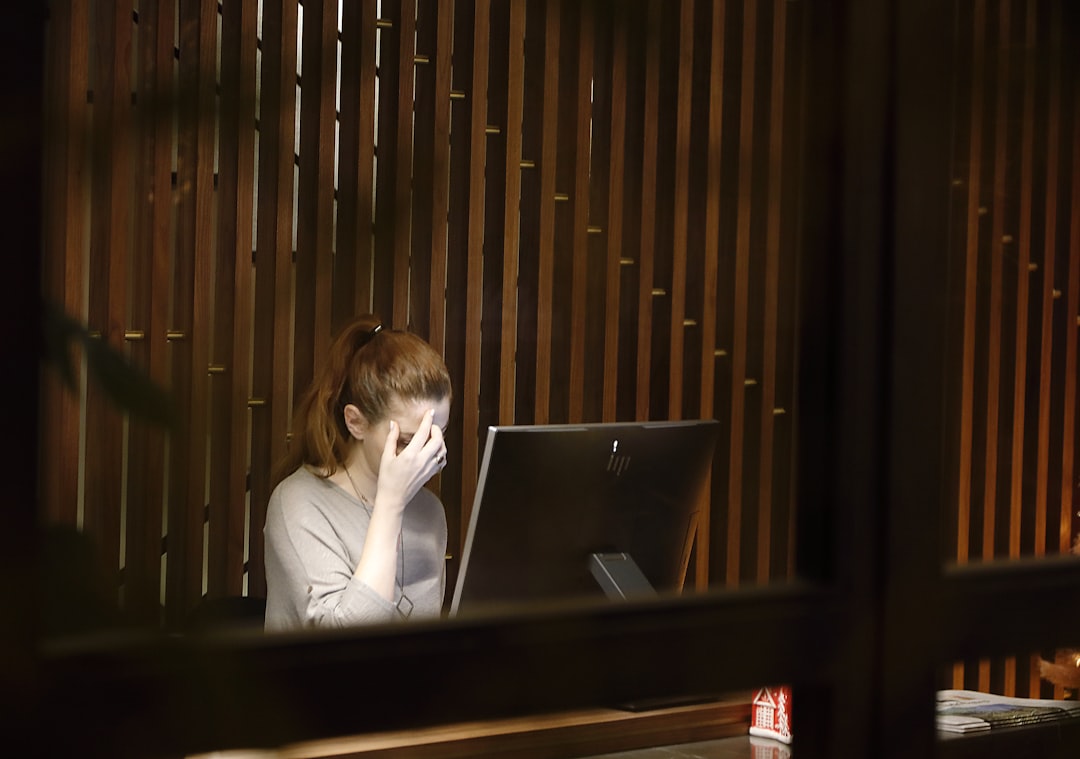If you’re not familiar with TCM Medicine, it’s an ancient practice in China that relies on herbal medicines to cure ailments. Traditional Chinese medicine has been around for over 5000 years, and it’s often the first choice for patients suffering from chronic disease. In fact, a study conducted by Horizon Research Co. found that 31% of Chinese respondents turned to TCM for medical advice before seeking regular medical care. Meanwhile, only 6.8% of respondents preferred Western medicine. Because of the long history and culture of TCM, it is often viewed as superior to modern western medicine.
Modern science demands rigorous experiments and strict definitions of concepts and hypotheses. Once a hypothesis is proven through experiments, it becomes a well-accepted theory among scientists. TCM, however, lacks this rigorous process. Moreover, it cannot be tested using randomized controlled trials in which patients are given similar treatments and diseases.
Although scientists have been skeptical of the efficacy of TCM for treating different diseases, there is still tremendous potential in the ancient system. For example, artemisinin, a compound found in Chinese herbs, has been discovered to be effective against malaria – a life-threatening disease. Furthermore, this herb lacks any clinically significant resistance, so it has opened a new era of anti-malarial treatment. In fact, Youyou Tu, a Chinese herbalist who studied over 2000 Chinese plants, won the Nobel Prize for Physiology or Medicine for his research on anti-malarial drugs.
While traditional medicine has many benefits, there are many questions that need to be answered before a TCM practitioner can recommend an appropriate treatment. In addition to asking patients about their symptoms, a TCM practitioner will perform a physical examination and assess pulse points. This allows them to determine whether the imbalance in organ networks is the cause of a particular symptom. Once they know that, they can prescribe a treatment that will clear the heat and supplement the Lung.
The philosophy of TCM incorporates tenets from Buddhism, Confucianism, and Taoism. It is based on the idea that illness occurs when the internal Qi (chi) has become out of balance. Because Qi flows through invisible channels in the body, herbal medicines are believed to work by rebalancing this energy.
Although TCM Medicine originated in Asia, Chinese immigrants have practiced it in the United States since the mid-19th century. Prior to this, however, most Americans were unaware of its existence. However, in 1971, an article by New York Times reporter James Reston wrote about his experience with TCM after having an emergency appendix operation. After recovering from the surgery, he underwent acupuncture. The story fascinated the public, and TCM became an accepted alternative medicine worldwide.
The rapid development of TCM in China and the global market has led to a debate over its safety. Since the 1990s, the system has been a hot topic in health care circles. While the health system of TCM has been around for thousands of years, the debates about its safety have only recently gained momentum. China’s government has also increased its financial support for the marketing of TCM, hoping to industrialize it and modernize it.











